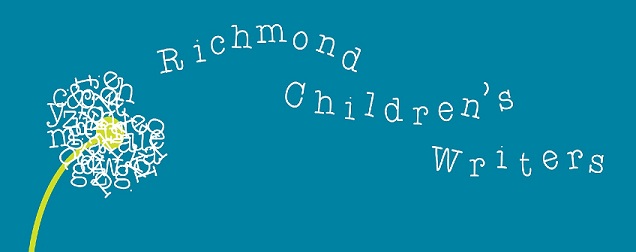
The funniest thing about writer’s groups is how priceless they are. There are so many services available to writers – for a fee. You can buy writer’s guides, writer’s markets, online subscriptions to industry newsletters, conference registrations (with additional fees for one on one critiques), writing classes, etc. And all these things have varying degrees of value, even if not proportionate to their cost. But ironically, the greatest investment you can make in your writing career is the one that doesn’t cost a thing!
Joining a writers group is free, yet priceless. For just a small commitment of your time, you get personal attention to your writing. You get emotional support for the ups and downs that come with the writer’s life. You get free therapy for all the everyday things that happen between your creative outbursts. And over time, you get to see your writing clearly and dramatically improve.
It’s a funny dynamic. You sit down at a table with four or five people you’ve never met, and you dare to bare your soul through your writing. You secretly hope that they’ll burst out in a spontaneous standing ovation for your literary genius. Instead they offer dry comments about your use of passive voice and give a few suggestions for improving the pacing. You smile politely and thank them for their comments. You politely offer your feedback on theirs. Then you go home and vent. How could they not recognize your brilliance? How dare they make corrections? Who do these people think they are? Then you settle down in a day or two and reread their comments only to realize they were right! How could you have missed such obvious errors in your writing? Next time you meet, you listen more closely to their comments, eager to take notes. After a few meetings, you’re hoping they’ll have suggestions to add. After a few months, you wouldn’t dream of showing one of your manuscripts to an editor without running it by your group. Your group of strangers has transformed into a circle of friends.
Aside from your common literary interests, you’ve become interested in each other. Each person in the group has come to know your strengths and weaknesses as a writer. And because they applaud your strengths, you trust them to correct your weaknesses (and in their presence, you can finally admit you DO have weaknesses as a writer.) You take their suggestions and make revisions, and over time you find they have fewer and fewer suggestions for improving your work. Then comes that magical meeting when, unprompted, they say “I love this!” or “this one is ready to submit to editors!” And the praise you initially wanted from strangers means so much more now, coming from friends. I’m proud to say that I’ve become a better writer because of my writers group. I’ve been fortunate to receive two book publishing offers this year, and I know without doubt, that my writer’s group helped to make that possible. I only hope I’ve been able to give them the same support and encouragement in return. If I don’t tell my friends in my writers group often enough, I’ll say it here now – you guys truly are priceless!








